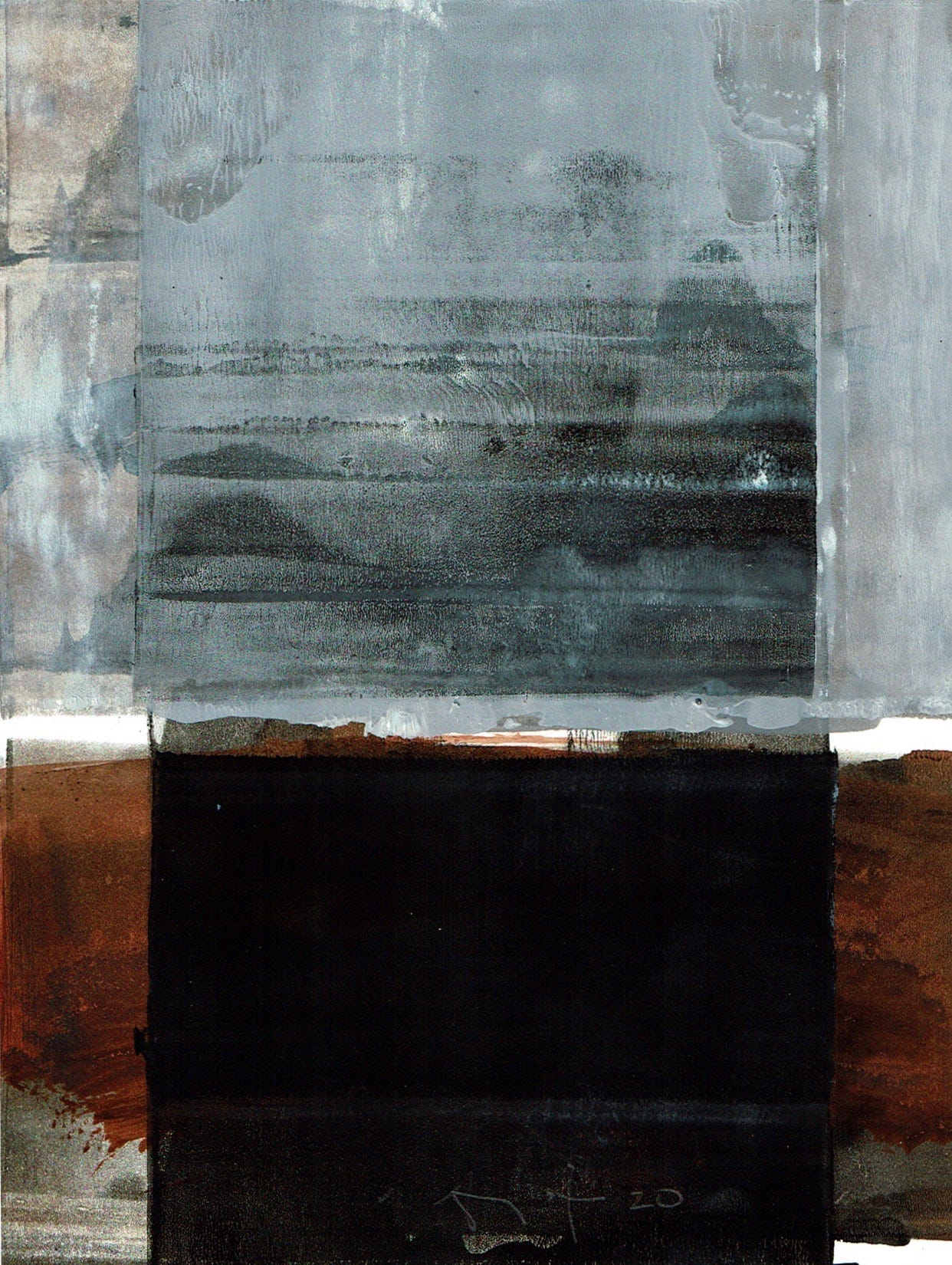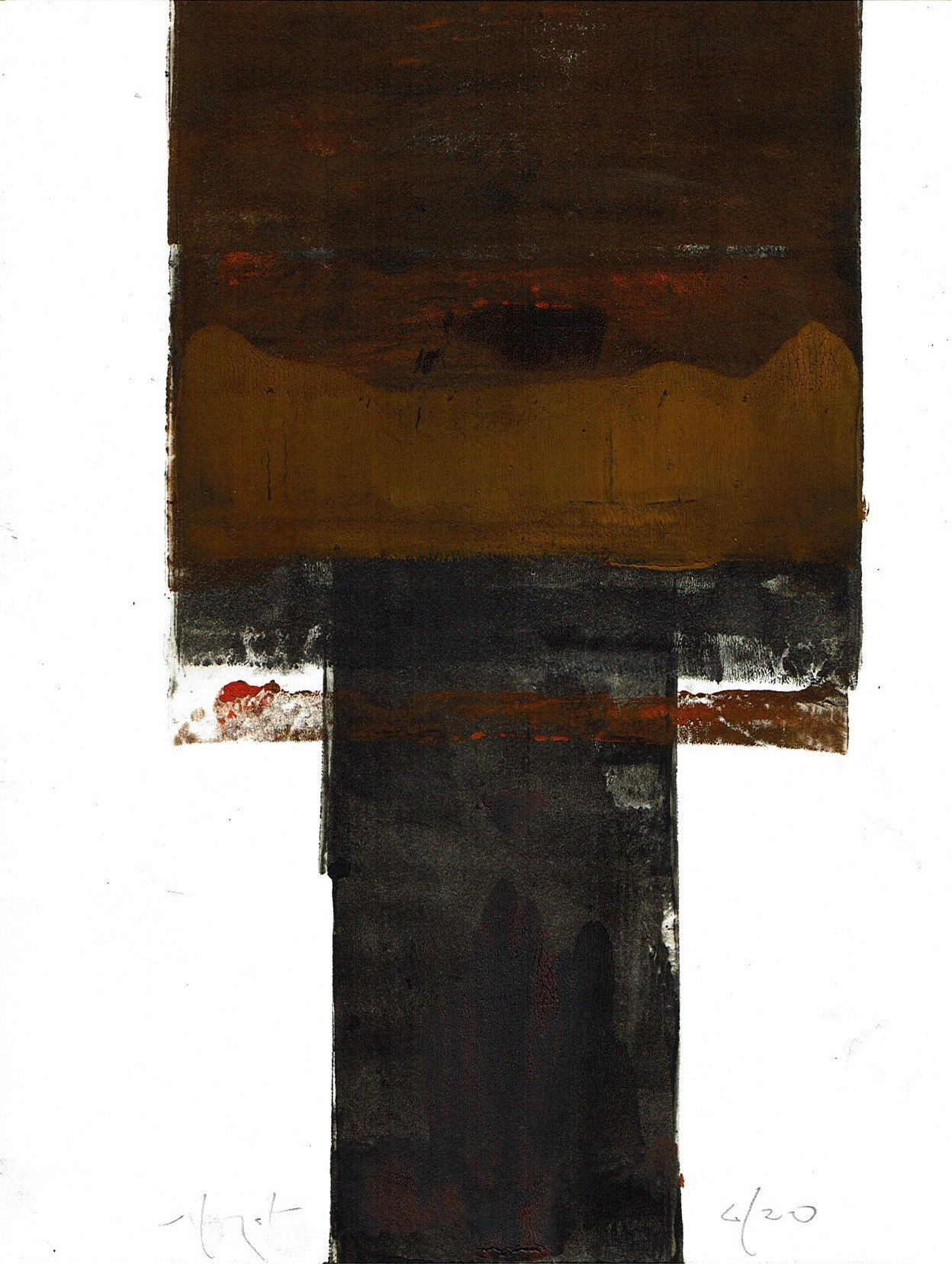Art: Painting: Rollers as Tools for
At Home with the Glynns, Chapter 14:
He had put the rag aside and was working at the canvas with a roller. I knew no other artists, so I didn’t know how to talk to him, what style to use, what approach to take, but the sight of the roller encouraged me some, since I had a little experience painting with a roller. I had helped my parents paint my room. Most of my work had been confined to cleaning up, it’s true, but still I thought I saw a useful opening, or, more accurately, a small overlap in our lives and our selves (the kind of overlap that my friend Mark Dorset, the psycho-sociologist, has illustrated so tellingly in the modifications of Venn diagrams that he calls Dorset diagrams), and so I felt that I could talk to Mr. Glynn.
“I see you use a roller,” I said—ingratiatingly, I hoped.
“Among other implements,” he said, and he cleared his throat, or, perhaps, growled.
Hengst, “Roller Paintings 2020”:
There are many aspects of working with rollers that makes painting with them so enjoyable. For example, it is by virtue of the way they are designed that you will create very defined edges. As you push or pull the roller it will leave a mark right up to the edge of the rubber roller itself. Because of its essentially rigid design it makes a mark with almost marching like precision. This can be accentuated further by setting these highly defined roller marks next to or overtop more loose and organic marks made by a brush.
The roller can also end abruptly allowing paint to puddle on the paper directly in front of the roller. Then, if you pull the roller backward, it will lift some of this puddled paint onto itself and then deposit it on the paper as the roller makes a full 360 degree turn.
Have you missed an episode or two or several?
You can begin reading at the beginning or you can catch up by visiting the archive or consulting the index to the Topical Guide. The Substack serialization of Little Follies begins here; Herb ’n’ Lorna begins here; Reservations Recommended begins here; Where Do You Stop? begins here; What a Piece of Work I Am begins here; At Home with the Glynns begins here.
You can listen to the episodes on the Personal History podcast. Begin at the beginning or scroll through the episodes to find what you’ve missed. The Substack podcast reading of Little Follies begins here; Herb ’n’ Lorna begins here; Reservations Recommended begins here; Where Do You Stop? begins here; What a Piece of Work I Am begins here; At Home with the Glynns begins here.
You can listen to “My Mother Takes a Tumble” and “Do Clams Bite?” complete and uninterrupted as audiobooks through YouTube.
You can ensure that you never miss a future issue by getting a free subscription. (You can help support the work by choosing a paid subscription instead.)
At Apple Books you can download free eBooks of Little Follies, Herb ’n’ Lorna, Reservations Recommended, and Where Do You Stop? and What a Piece of Work I Am.
You’ll find overviews of the entire work in An Introduction to The Personal History, Adventures, Experiences & Observations of Peter Leroy (a pdf document), The Origin Story (here on substack), Between the Lines (a video, here on Substack), and at Encyclopedia.com.




